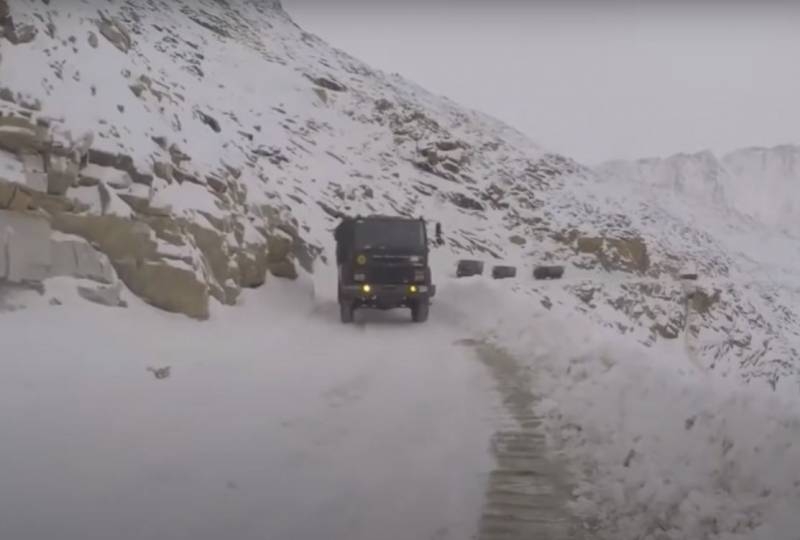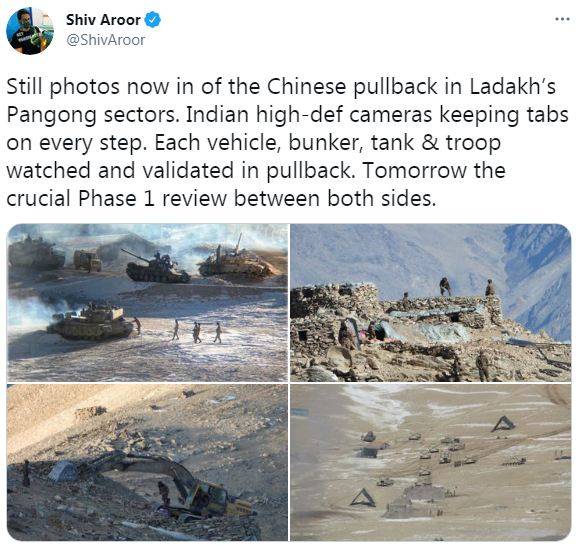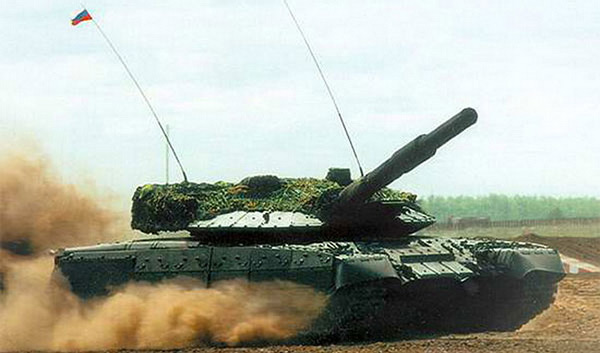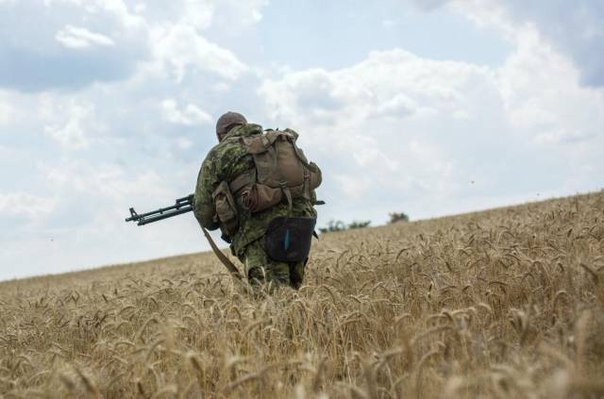
Not so long ago, India and China decided to withdraw their army units., located in the area of Lake Pangong Tso in the western Himalayas. In New Delhi, this withdrawal of troops was described as "disengagement", which was carried out in order to ease tensions in the disputed border area.
Then the Indian military released aerial photographs, depicting Chinese soldiers, dismantling fortifications in the Pangong Tso area. According to the Indian side, China withdrew 200 tanks and other armored vehicles from the area.
Number of tanks and armored vehicles, concentrated in the vicinity of Lake Pangong Tso, shows, that both countries took the border conflict very seriously. Next, if Beijing and New Delhi fail to agree, the conflict can be much more serious and bloody.
The Himalayan mountains cannot be called a good place to deploy armored vehicles. At first, Landscape, which the, as the saying goes, No comments. Secondly, the mountain air itself, permanent frosts. The operation of a large number of armored vehicles in such conditions inevitably entails its breakdown., failure, this also means additional costs for maintenance and repair. India finds itself in a particularly difficult situation, most of the tank park which is not adapted to such conditions.
Retired Indian Army Brigadier General Rahul Bhonsle, who now heads the consulting company Security Risks Asia, talked like that about, that tanks and armored vehicles must be warmed up by 30 minutes every three hours, so they don't freeze.

Business Insider author Benjamin Brimelow believes, what exactly is this problem, associated with risks to technology, and ultimately became the most important reason for India and China to withdraw their armored forces from the disputed area. It's hard to disagree with him, since in political terms, Beijing and New Delhi do not renounce their claims to the disputed territories, no one wants to give in to anyone. It only means one thing: the risk of conflict remains.
China and India are two powerful powers, and if they fail to agree among themselves on the disputed territories, then the likelihood of a new armed clash will still hang in the air. Conflict can flare up with renewed vigor, and how can you not remember the border war 1962 of the year, as a result of which China established control over the Aksai-Chin region. Then the Indian army lost 8000 people killed, Chinese troops - only 722 man.
Such impressive losses were explained simply: due to difficult landscape and climatic conditions, the sides used little military equipment and fought "the old fashioned way", that is, one infantry went into battle. Drawing conclusions from the war for Aksai-Chin, and India, and China began to build up their tank power.
Currently, the main tank fleet in India is made up of the main battle tanks T-72., T-90 Bhishma and Arjun. Tanks are most suitable for use in the cold climates of the Himalayan mountains, created in Russia or according to Russian projects - T-72 and T-90.
China uses Type main battle tanks 96, Type 99 and light tank Type 15. Namely Type 15 is the most promising for warfare in the Himalayas: its weight is only 35 tonnes, whereas Indian tanks T-72, T-90 and "Arjun" weigh 41, 46 and 68 tonnes respectively.

Less weight makes Type 15 much more suitable for maneuvering in mountainous terrain, than heavy Indian tanks. India does not have its own light tanks, and this circumstance significantly reduces its chances in the confrontation of the armored forces in the Himalayas.
Data, submitted by the Indian military, show, that T-72 tanks and BMP-2 combat vehicles are concentrated on the Indian side. Chinese forces are more diverse: older tanks Type are also visible 80, and modern models, and not less 12 Chinese BMP ZBD-04, and, probably, SAM HQ-17 on a tracked platform, and self-propelled anti-aircraft guns Type 09.
The concentration of so much technology indicates only one thing: if battles in the Himalayas flare up with renewed vigor, then they will be much more deadly, than in 1962 year.
video – tanks in Ladakh:
Author:Ilya Polonsky










